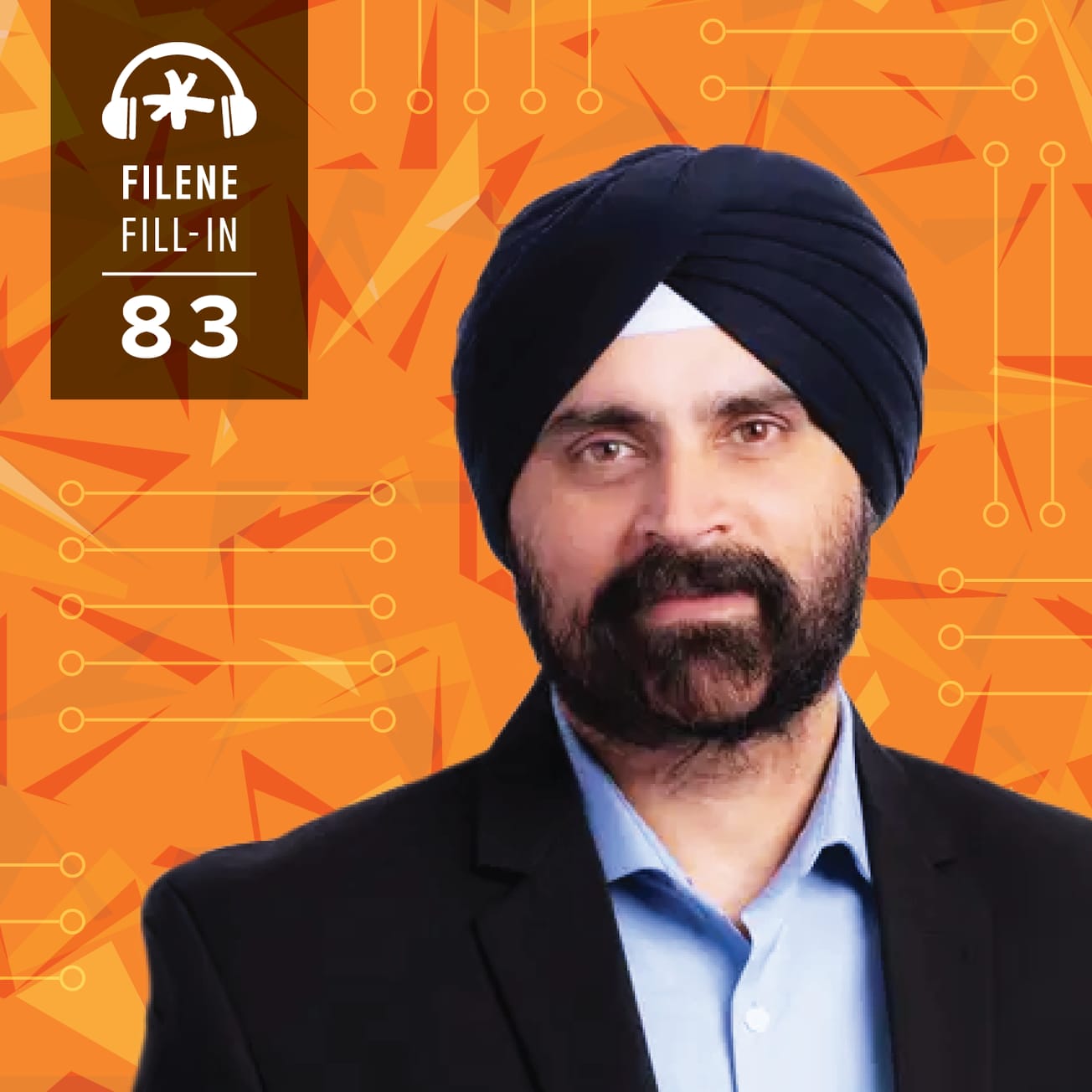This summer, we have been at conferences across the world talking with credit union leaders. One topic kept returning to the agenda again and again: fraud and cybersecurity.
Experts discussed cautionary tales of what being underprepared could lead to, especially for credit unions. For example, during the DCUC Conference, Aries Fraud Solutions shared that 50% of member cardholders who experienced fraud modified their behavior—sometimes up to and including switching their banking institution.
A year ago, Filene also looked at fraud across the financial landscape. The numbers we found (based on the Federal Trade Commission’s 2023 Data Book) were stark: 2.6 million fraud reports filed. $10 billion lost. Today, fraud losses among consumers increased 25%, totaling $12.5 billion. And, once again, credit unions and mid-market banks appeared to be disproportionately affected, according the latest Alloy report.
With such a stark picture, there was only one question, echoed both by readers of our newsletter and conference attendees: “What can we actually do to stop this? How do we even begin to prepare for what we know is coming?”
As a critical step, conference experts emphasized education and preventative strategies—both imperative to staying ahead of fraudsters and scammers. Preparing for what’s next and equipping teams and members with the tools needed to feel safe is paramount. But what does that look like? Read on to find out.
Learnings from Filene’s Landscape Report
In Filene’s latest Landscape Report, risk and fraud was one of five topics explored, and included were implications and lessons credit unions could learn from other players in the financial sector. With artificial intelligence and other innovative technology on the rise, we found credit union competitors tended to have a fight fire with fire approach, using technology to create an instant and proactive fraud-protection experience.
We found three primary takeaways for credit unions when it came to using technology to fight fraud:
- Proactive, real-time alerts matter. Many large banks and fintechs are utilizing methods of real-time monitoring across their products. Some are utilizing AI for pattern recognition, others are tracking behavioral biometrics like navigation behavior, keystrokes, and device usage.
- Seamless, mobile-first user experiences are critical. User experience matters, and neobanks and fintech apps often lead in this regard. With a mobile first approach, they offer things like instant freezes and disposable cards, delivering on-demand security.
- Dynamic, device-native security is becoming the baseline. Many big tech platforms are employing device-native security such as hardware enclaves, biometrics/passkey authentications, and tokenized payments.
Cost as a challenge to innovating
Of course, all of these advancements come with their own challenges, and it’s no surprise that the most significant barrier is cost. According to a 2024 PYMNTS Intelligence Report, 83% of financial institutions said cost is a factor to adding new solutions or features to address fraud. The second highest roadblock is the higher cost of managing the data associated with new tech systems (52%).
While there isn’t an easy answer to solving the cost roadblock, it’s possible that a shared service approach may be beneficial when it comes to finding and investing in new technologies to fight fraud. Filene has previously explored what a shared service business model may look like for credit unions. Ranging from routine to complex business functions, shared services (whether through CUSOs or other strategic partnerships) may help offset the cost of innovation.
So what’s next?
The unfortunate reality is that fraud will continue to evolve. Because of this, it is equally important that the credit union industry’s solutions for fighting it evolve as well. Leveraging technology to make fraud detection proactive, seamless, and dynamic is key. Education and preventative strategies will be critical to staying ahead as well.
Ultimately, cybersecurity expert Confidence Staveley said it best. In her keynote address at WCUC 2025, when it comes to fighting fraud, she said: “We must build digital mindfulness and cognitive resilience.” We couldn’t agree more.
— AB & CA















